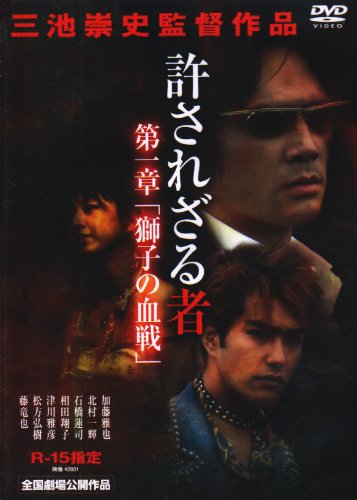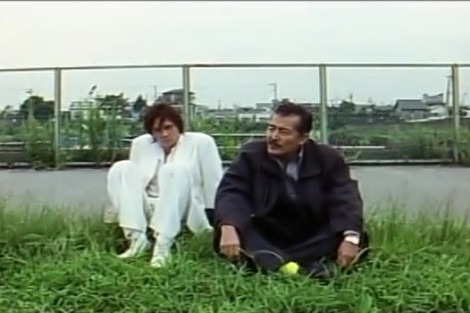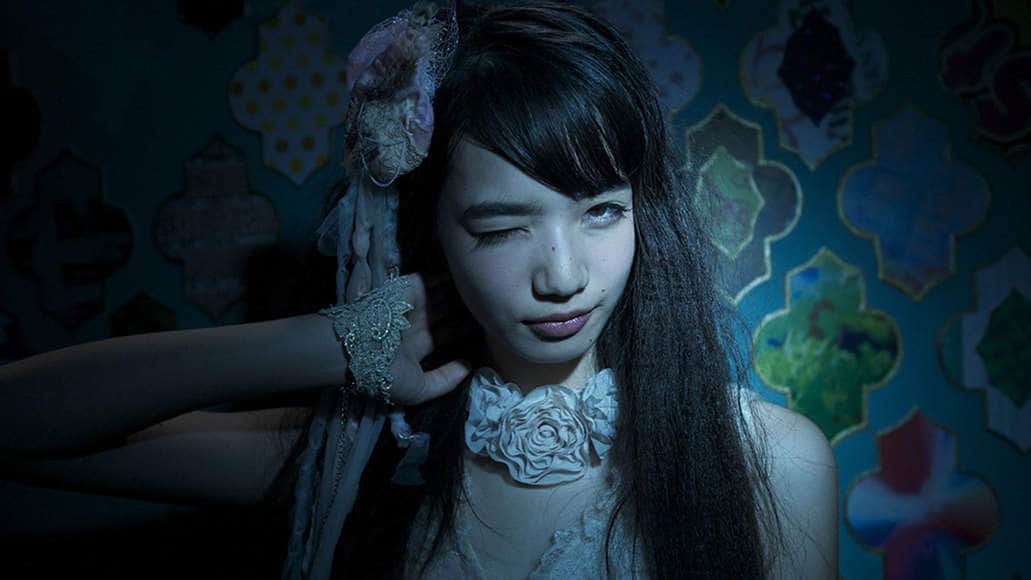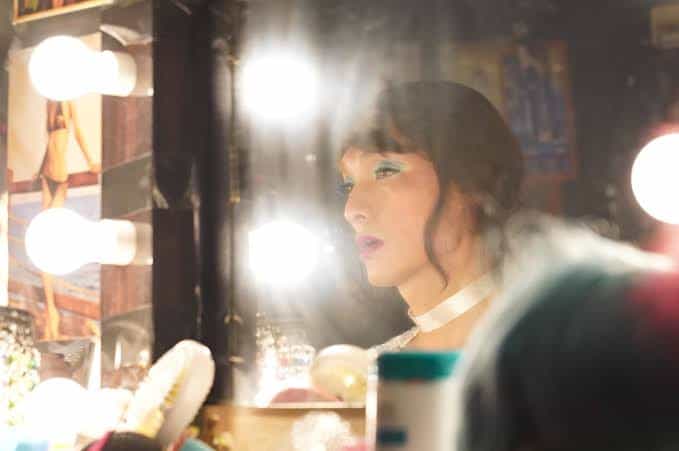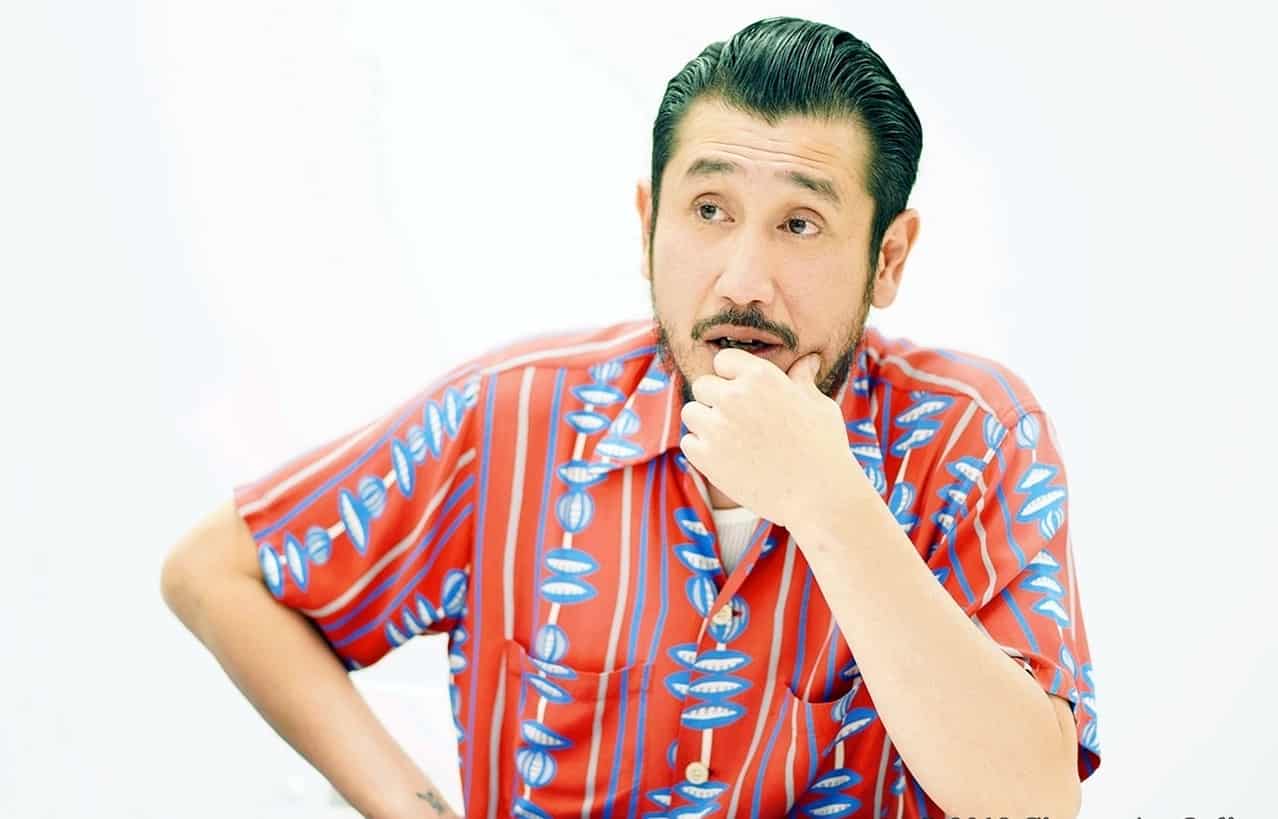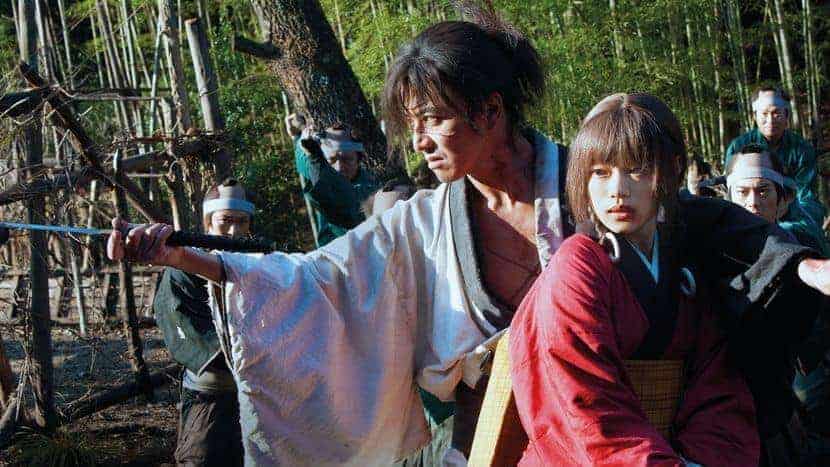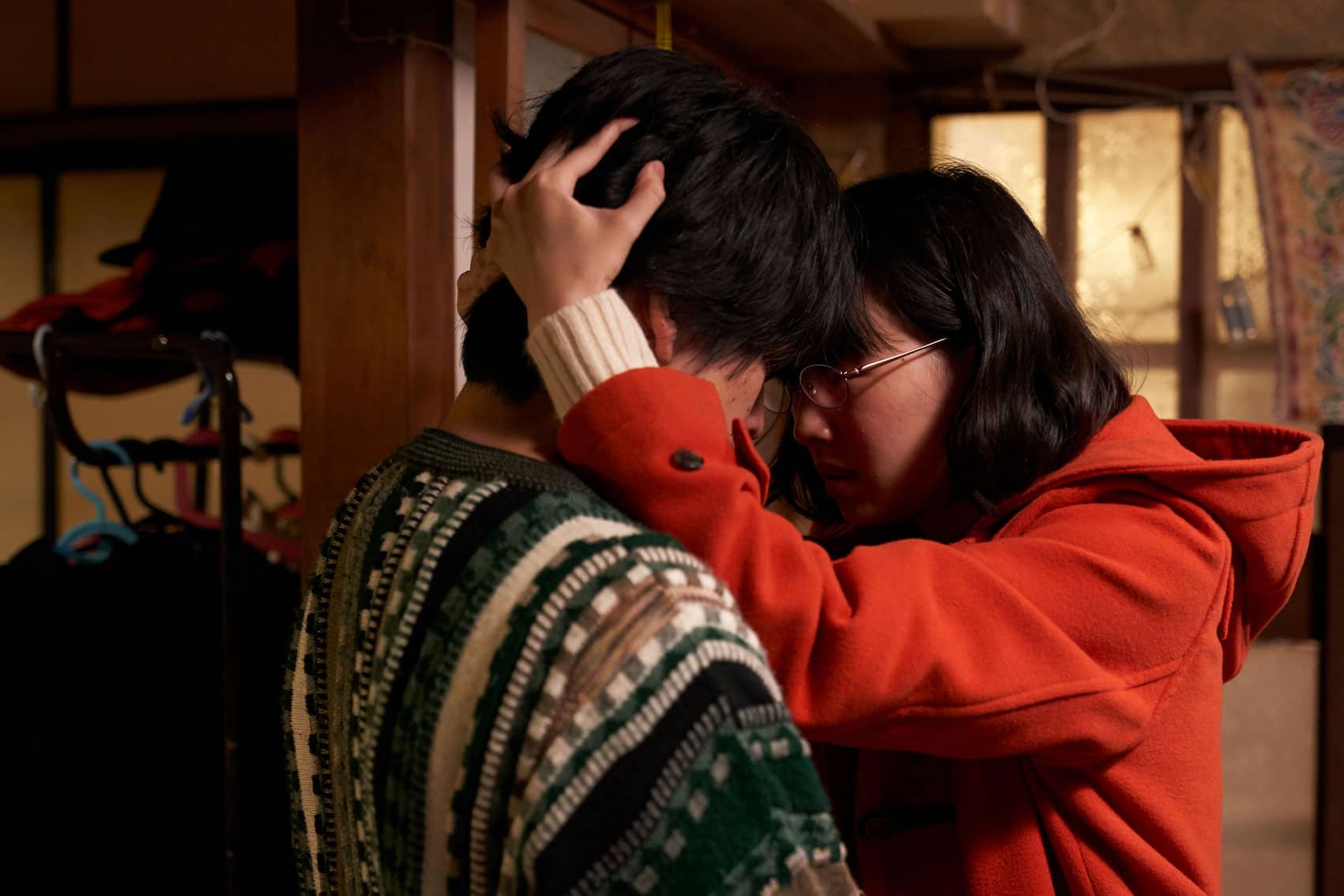In the perhaps golden period of Miike at the beginning of the second millennium, where he already consolidated his cult following, comes “Man in White”, divided into two parts: “Bloody Battle of Lions” and “Requiem for the Lion”. There is a single international cut condensed in 150 minutes, but make sure to watch the first and second parts separately to delve deeper into the film and the characters that are presented to us.
Buy This Title
The protagonist, Asuza, is a yakuza – always dressed in white – raised in the streets in a setting of tragedy marked by the death of his parents. The father is killed by his stepbrother, and the mother subsequently commits suicide. The feeling of guilt tortures Azusa while leaning on the father figure of his boss. Sadly, fate will play tricks again, when his superior dies suddenly murdered in his presence. The man in white will search the killer obsessively, to discover a more complex plot than he had imagined at the beginning.
As the Man in White himself we have starring Masaya Sato, and co-starring is Tatsuya Fuji, Renji Ishibashi, Kazuki Kitamura, Ken'ichi Endô, Narimi Arimori and Masaya Katô among many others. Masaya Sato does an exceptional job carrying the film as the charismatic cold blooded avenger who cannot be stopped. His performance is charismatic and glamorous at the same time. A considerable amount of strength also resides in the secondary characters. Standing out above the others, we have a great Tatsuya Fuji, who every time he appears on screen the movie suddenly becomes superior, and also an excellent Renji Ishibashi and Kazuki Kitamura.

Miike returns to bring us a violent film, full of action, with a plot very well written, simple but effective, focused on the world of the Yakuzas and, more exactly, on revenge as a developed theme, all adorned with the typical and unsightly styles from the director. Both films complement each other. While one could well see the first part and leave it there without further ado, I consider that the viewing is incomplete without its second part. The first is focused more on Azusa's own personal revenge, and the presentation of the characters, with a lot of action involved; but in the second film much more emphasis is placed on the conflicts and the past of the characters, thus understanding many factors that were left halfway through the first film.
Nevertheless, the real protagonist here is Miike himself. In this story we will find all or all of its identity signs: Blood, yakuzas, honor, violence without a rest, and all kinds of excesses, although here we can appreciate that Miike himself decides to contain himself a little if we compare it with other works of his filmography. “The Man in White” as a whole takes advantage of its tragic story to talk about loyalty, family, the meaning of what it is to live and the difficulties of life itself.
In addition, the direction is as varied as possible. He directs the camera work in a thousand ways, from the simplest to the most extravagant way possible, moving the camera in a documentary handheld style through various little long takes and getting lost in insignificant details. When it comes to directing the action, the camera moves in a way much similar with the heroic bloodshed films from Hong Kong.
In short, if you are a follower of Miike, these two films are a must see. If you are not familiar, it may be a bit tough to watch. Try to see them both considering the whole win in nuances, depth and interest, seeing a single part is a poor snack where there is almost no time for empathy.



